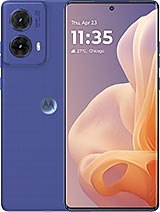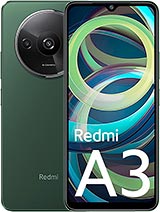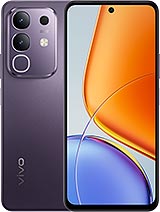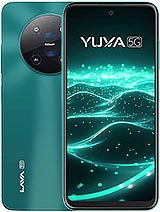Lava Yuva 5G alternatives
Tap above to see alternatives.
Motorola Moto G85 alternatives
Tap above to see alternatives.
Motorola Moto G85

Motorola Moto G85
-
Snapdragon 6s Gen 3
6 nm
-
5000 mAh
33W
-
6.67"
1080x2400 pixels
-
50 MP
1080p@30/60fps
2x2.0 GHz Cortex-A76
6x1.8 GHz Cortex-A55
2x2.2 GHz Kryo 660 Gold
6x1.7 GHz Kryo 660 Silver
4GB 128GB (UFS 2.2)
8GB 256GB (UFS 2.2)
12GB 256GB (UFS 2.2)
(wide), AF
2 MP
(macro)
f/1.8 (wide), 1/1.95", 0.8µm, PDAF, OIS
8 MP
f/2.2, 118˚ (ultrawide), 1.12µm, AF
f/2.4, (wide), 0.7µm
SIM1: Nano, SIM2: Nano
SIM1: Nano, SIM2: Nano
FDD: N1, N3, N5, N8, N28
TDD: N40, N77, N78
FDD: N1, N3, N5, N7, N8, N20, N28
TDD: N38, N40, N41, N77, N78
FDD: N1, N3, N5, N8, N28
TDD: N40, N77, N78
FDD: N1, N3, N5, N7, N8, N20, N28
TDD: N38, N40, N41, N77, N78
In this comparison, the Motorola Moto G85 with the Qualcomm Snapdragon 6s Gen 3 (6nm) performs better than the Lava Yuva 5G with the Unisoc Unisoc T750 (6nm), thanks to its more efficient chipset.
The Motorola Moto G85 offers 2 years of OS updates, while the Lava Yuva 5G provides 1 years. When it comes to security updates, Motorola Moto G85 leads with 3 years of support.
Motorola Moto G85 has a superior AMOLED display, while Lava Yuva 5G uses an LCD panel. Moreover, Motorola Moto G85 offers a higher 120 Hz refresh rate for smoother scrolling. These phones offer the same brightness level at nits. Notably, Motorola Moto G85 has a higher resolution display, resulting in sharper visuals.
Both phones have the same 5000 mAh battery capacity. Motorola Moto G85 supports faster wired charging at 33W.
Motorola Moto G85 has an IP52 rating, while Lava Yuva 5G lacks official water and dust resistance.











